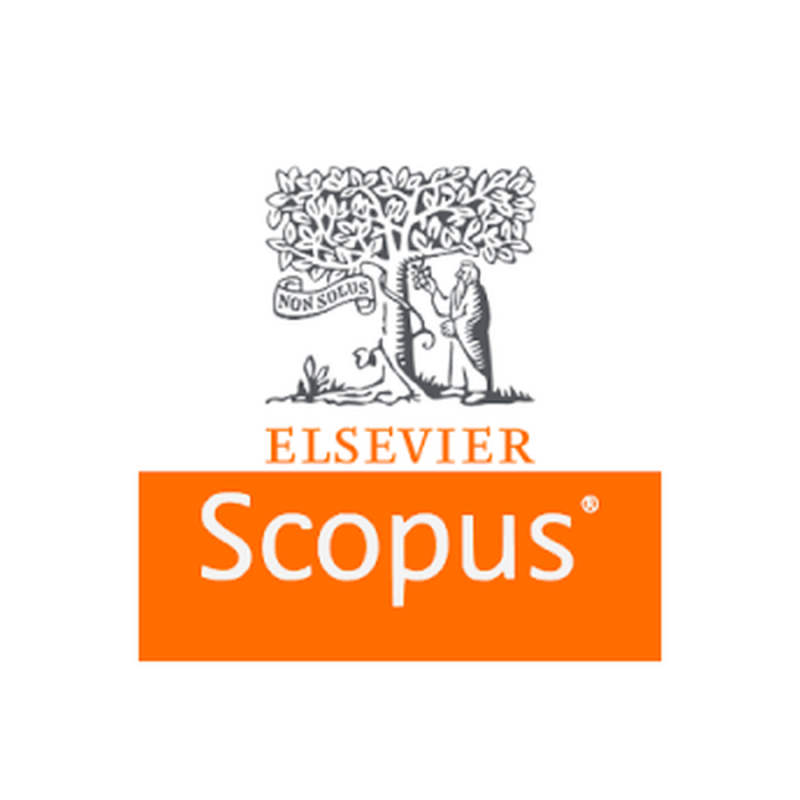Permeability Determination of The Mishrif Carbonate Reservoir in Buzurgan Oilfield Using the Integration Between Well Logs and Regression Analysis Technique
Abstract
The permeability is considered one of the most significant rock properties used in evaluating hydrocarbon reservoirs because this property controls the directional movement and flow rate of the reservoirs fluids. The permeability prediction of the carbonate reservoirs is a difficult task due to the heterogeneity of this type of reservoir rock. The study aims to determine the permeability of the Mishrif Formation, which represents the main carbonate reservoir in the Buzurgan oilfield using the integration between well log interpretation and regression analysis technique. Some well logs and core information of six wells in the Buzurgan oilfield have been used in this study, and the logging data for these wells are analyzed and interpreted using Techlog software and Exel Software. In addition, a 3D model of permeability is built using the Petrel Software. The results show that the Mishrif Formation is heterogeneous regarding the permeability, where it changes laterally and vertically. The average horizontal permeability of the Mishrif Formation ranges between (0.3-15 md), whereas the vertical permeability ranges between (0.4-16 md). The study reveals that MB21 and MC2 units represent the best reservoir of the Mishrif Formation, where these units are characterized by good permeability compared to the other stratigraphic units.



